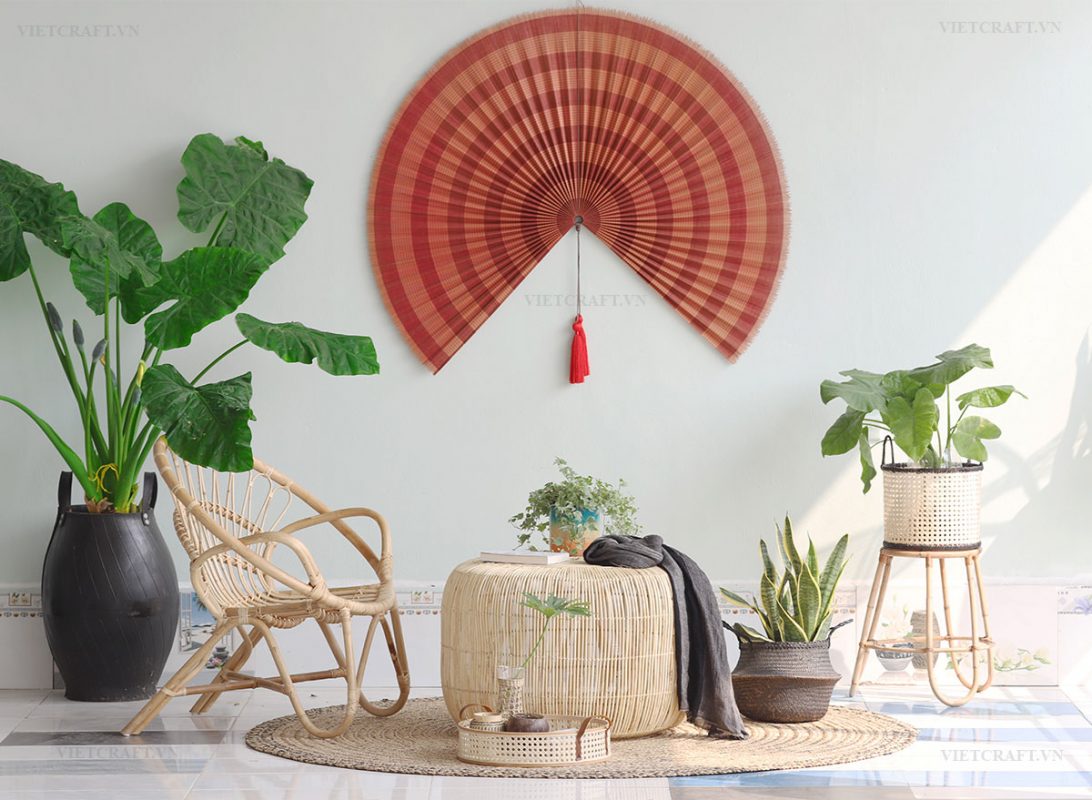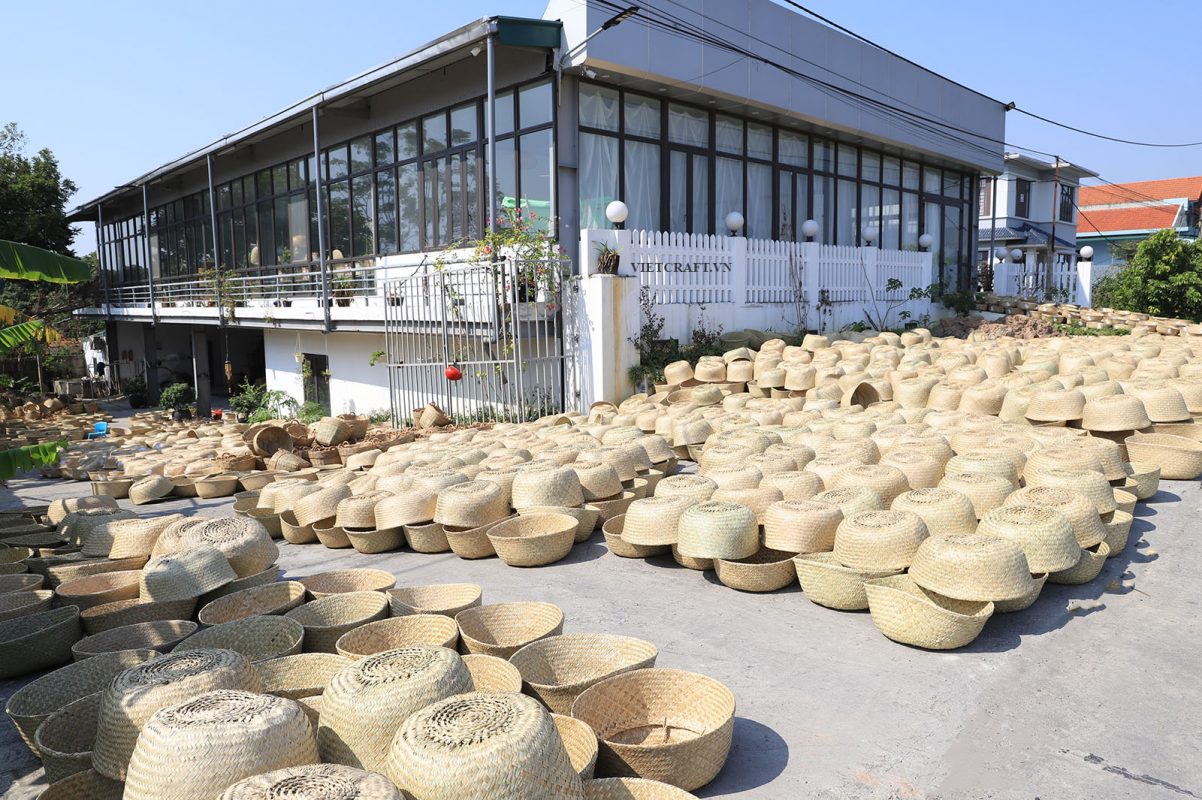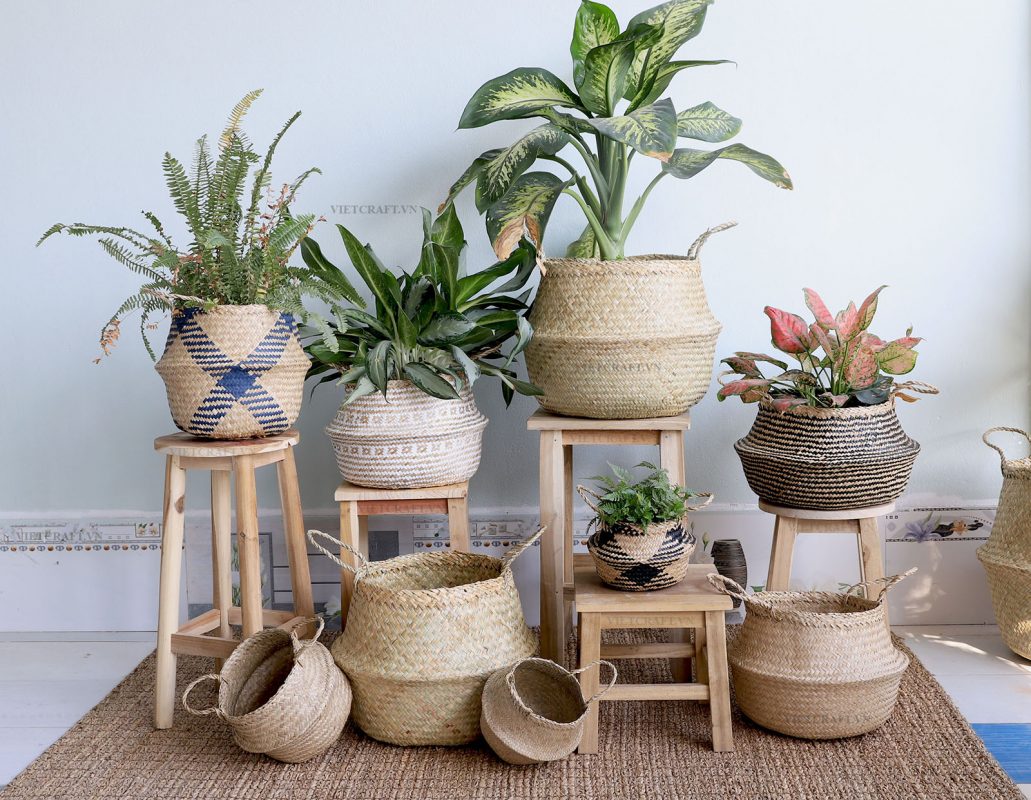News
Greening Value Chains for Sustainable Handicrafts Production in Viet Nam
Bamboo, rattan, seagrass, and other raw materials used in handicrafts production are an important part of Viet Nam’s natural capital. These are valuable resources that need to be protected, harvested, and utilized in a sustainable manner to ensure a vibrant crafts sector now and for future generations. The environmental impacts of crafts production by households and SMEs are often considered negligible given the scale of their operations, yet considering their sheer number, use of natural materials and limited capabilities, their production practices should also be appropriately addressed. Piecemeal interventions just at the production cultivation or stages, will only produce equally limited results. A comprehensive and integrated approach is needed to make green and clean-up the entire value chain, starting from raw materials collection, processing, crafts production, and transportation, right up to final markets. Coordinated interventions to make green five value chains were supported in Viet Nam, respectively in the: bamboo and rattan, seagrass, sericulture and silk, lacquerware, and handmade paper sectors.

Using simple equipment and techniques, significant amounts of waste generated in the production of bamboo, rattan and seagrass crafts can now be recovered as secondary resources to make new value-added products. With a view to reducing bamboo losses, a linseed-based preservation treatment has been developed, trialed, and successfully demonstrated to industry. Collaboration with academia and industry in Japan and China has allowed for the transfer of the Kurume refining process so that lacquer can now be refined by local producers in Viet Nam. In the sericulture and silk sector, the development of which has suffered due to very high overheads, lack of know-how and underinvestment; optimization of production processes in silk reeling, dyeing, and weaving, etc. will help improve competitiveness throughout the sector.

Focused vocational skills-based training and hands-on guidance in cleaner production has contributed to new jobs and higher incomes for grassroots producers in all five sectors. With the concerted efforts and application of local and international knowledge, cleaner production techniques were made practical, applicable, and cost-effective for crafts-producing households and SMEs. Practical examples were developed of better product design, in harmony with the principles of sustainability and which proved to be attractive to the local market and international buyers. A further option lies in sustainability-based branding and marketing, for which a practical assessment and labeling scheme have been developed.

In conclusion, a strategic focus on making the most out of Viet Nam’s rich natural and cultural resources is required to ensure sustainable incomes and jobs in the handicrafts sector. Across the five value chains, this calls for sustainable management and cultivation of the natural resource base, better techniques for material preparation that avoid and reduce material losses and environmental impacts, enhancement of craft-making skills, and creative product designs that embrace cultural values and sustainability at large.
Source: United Nations Industrial Development Organization (UNIDO)

